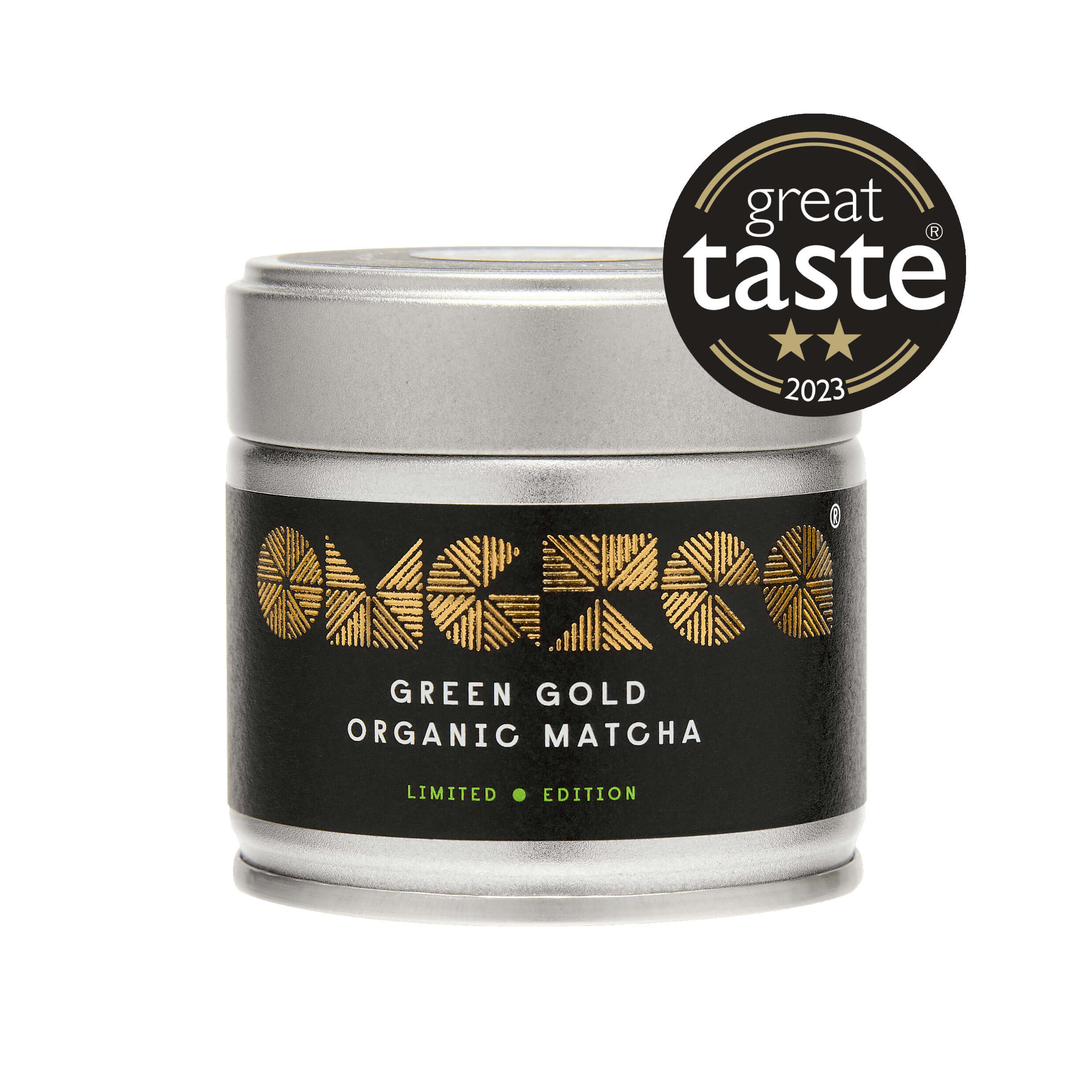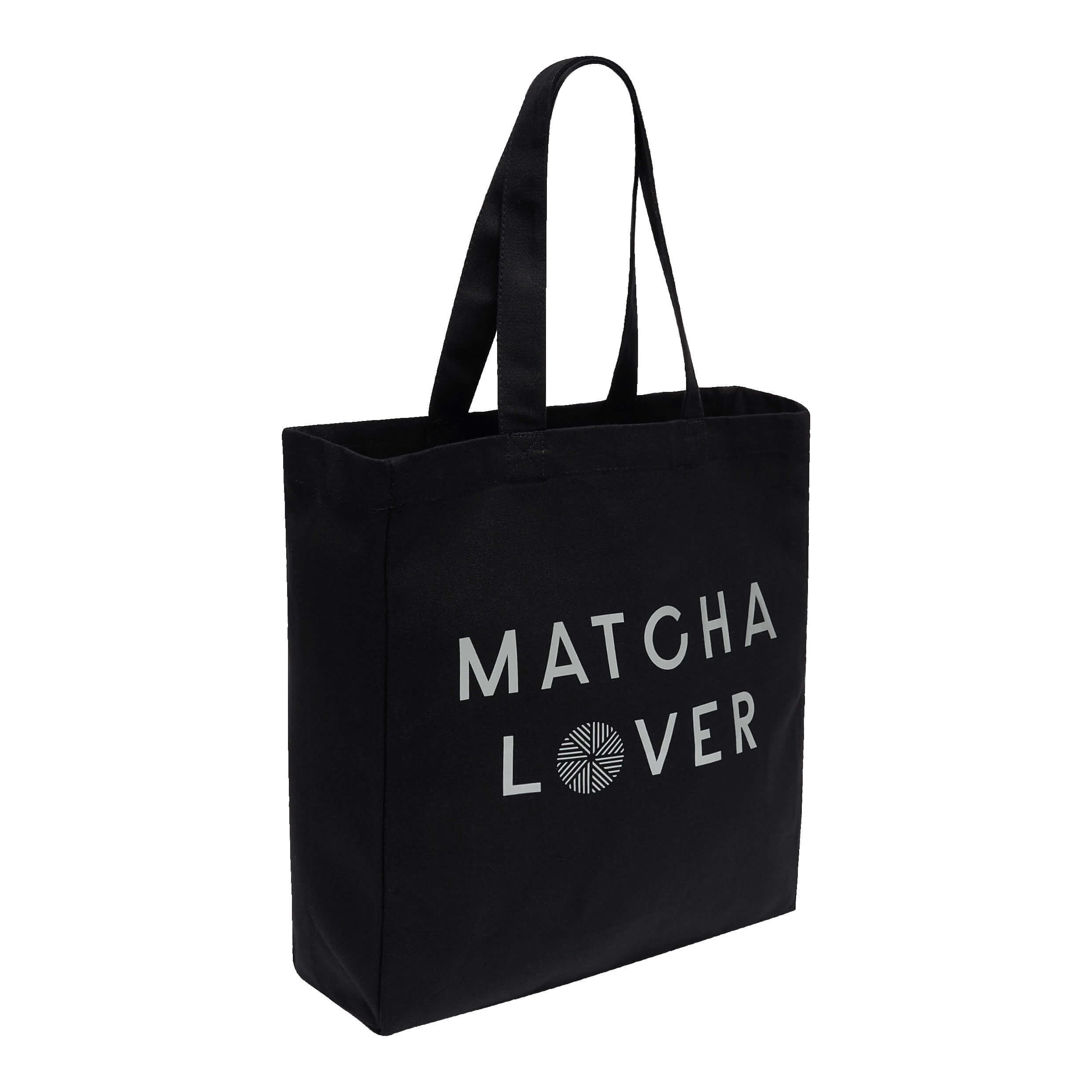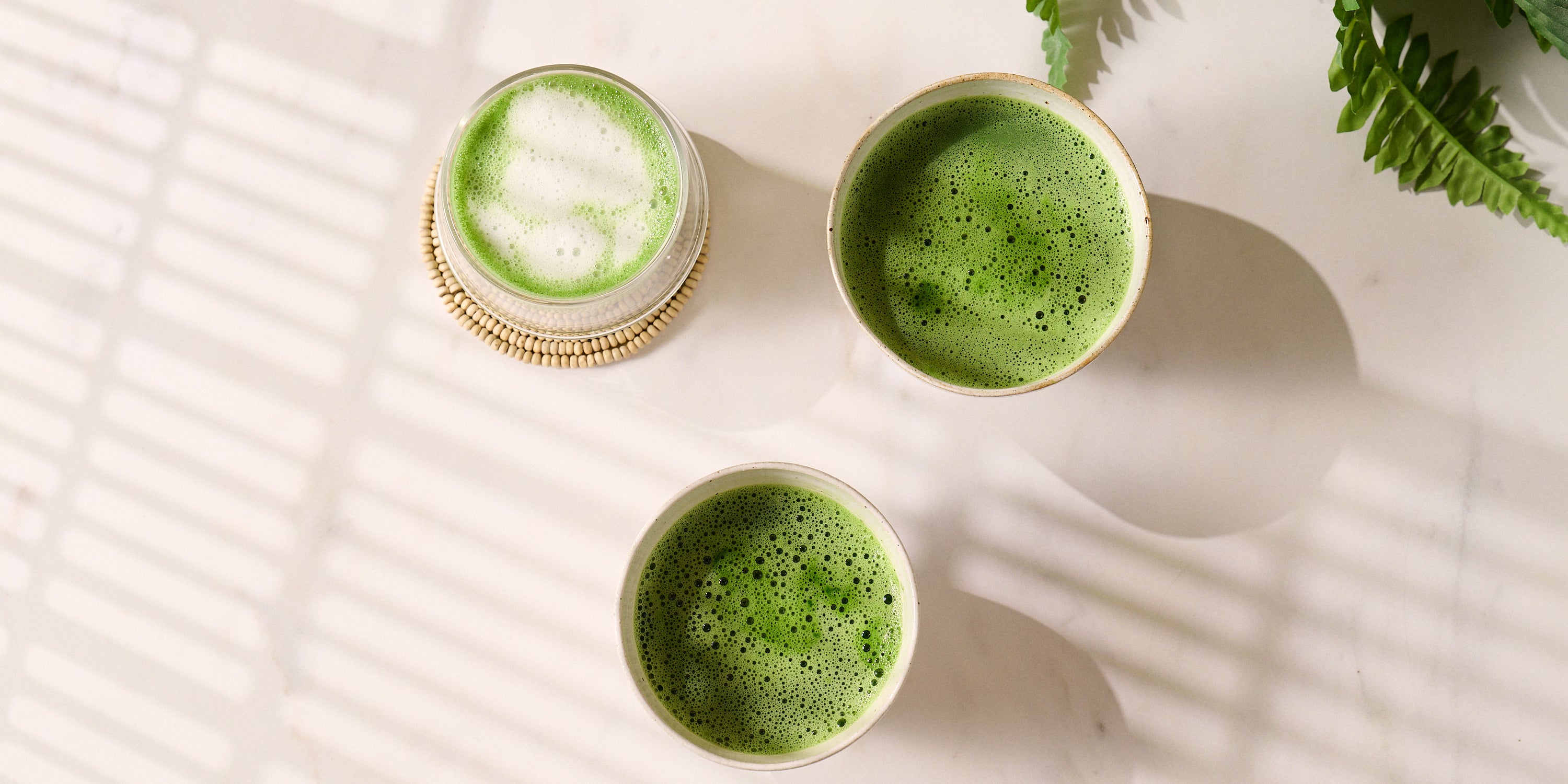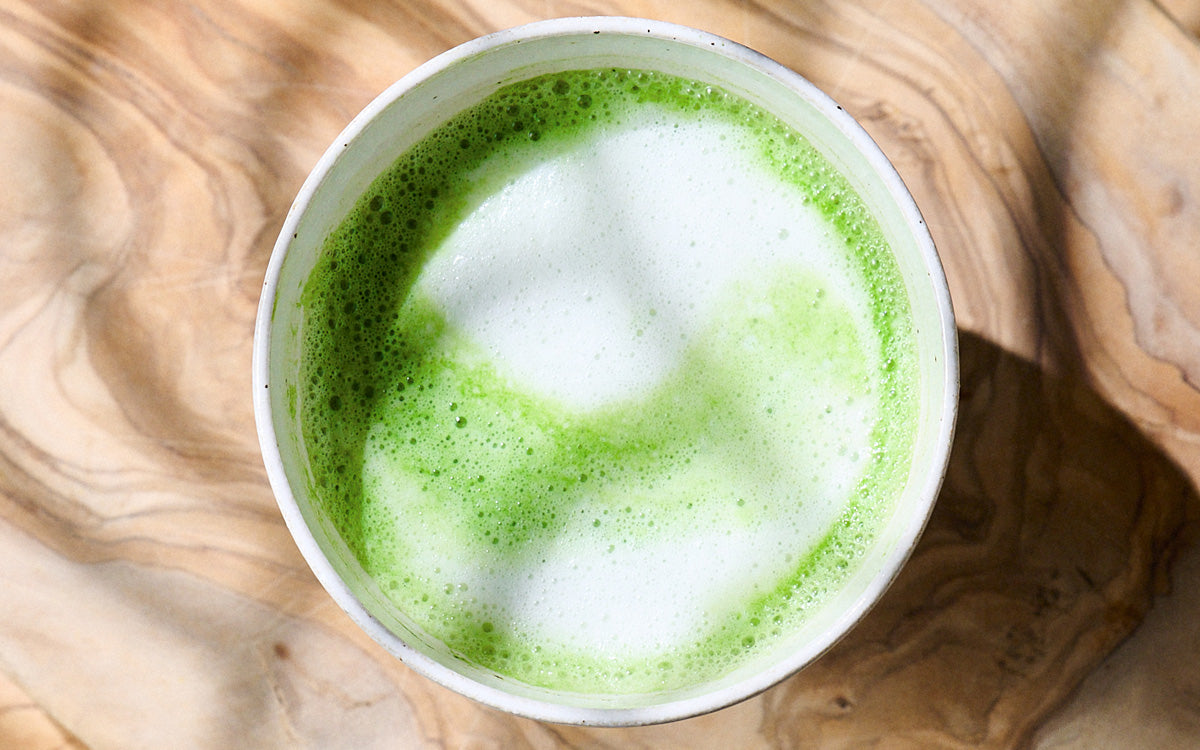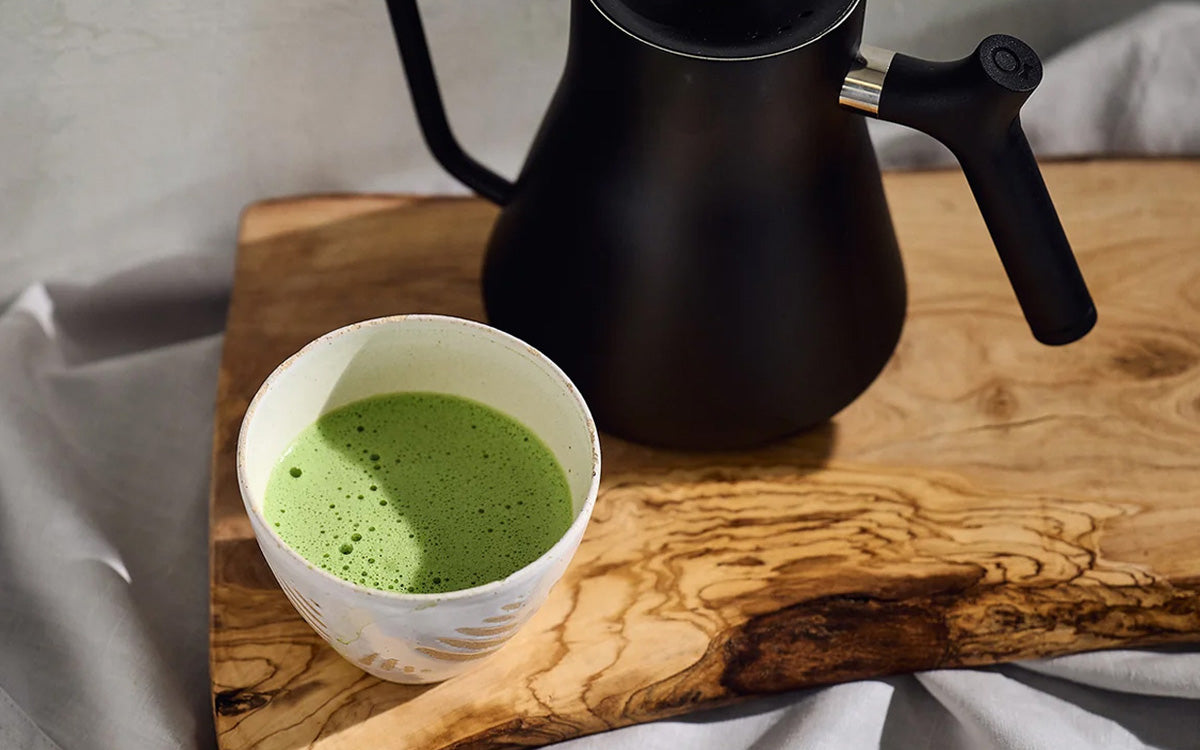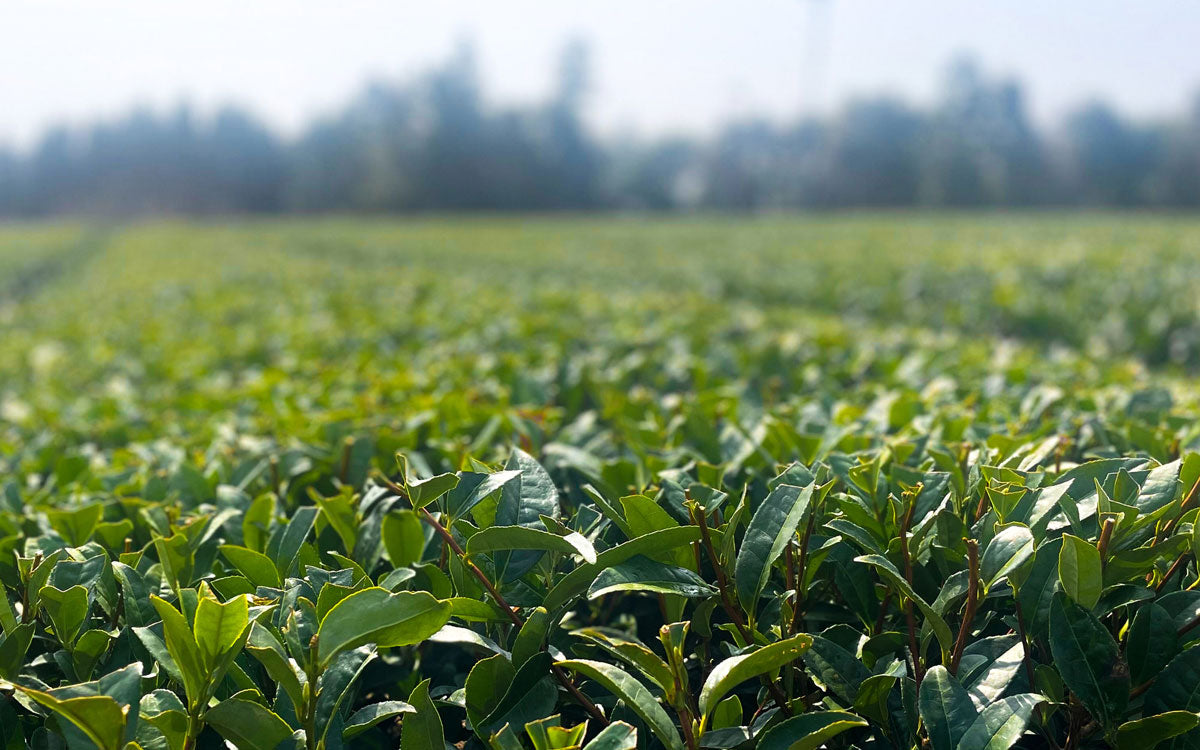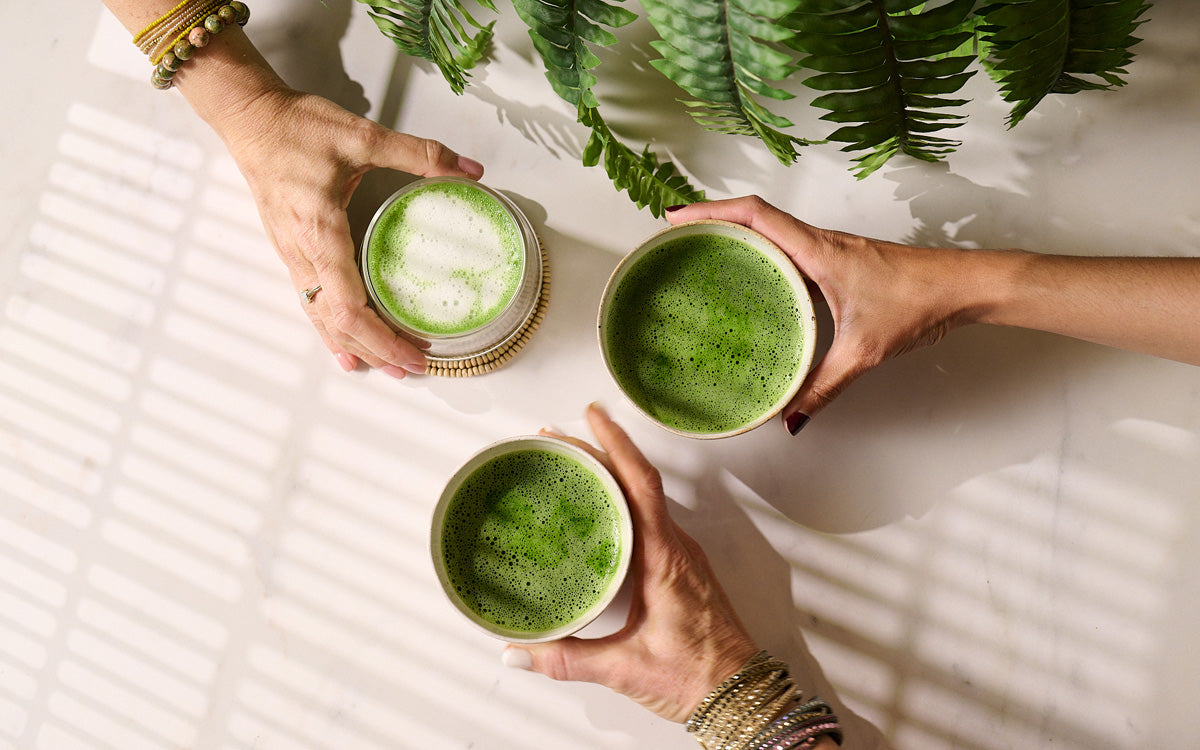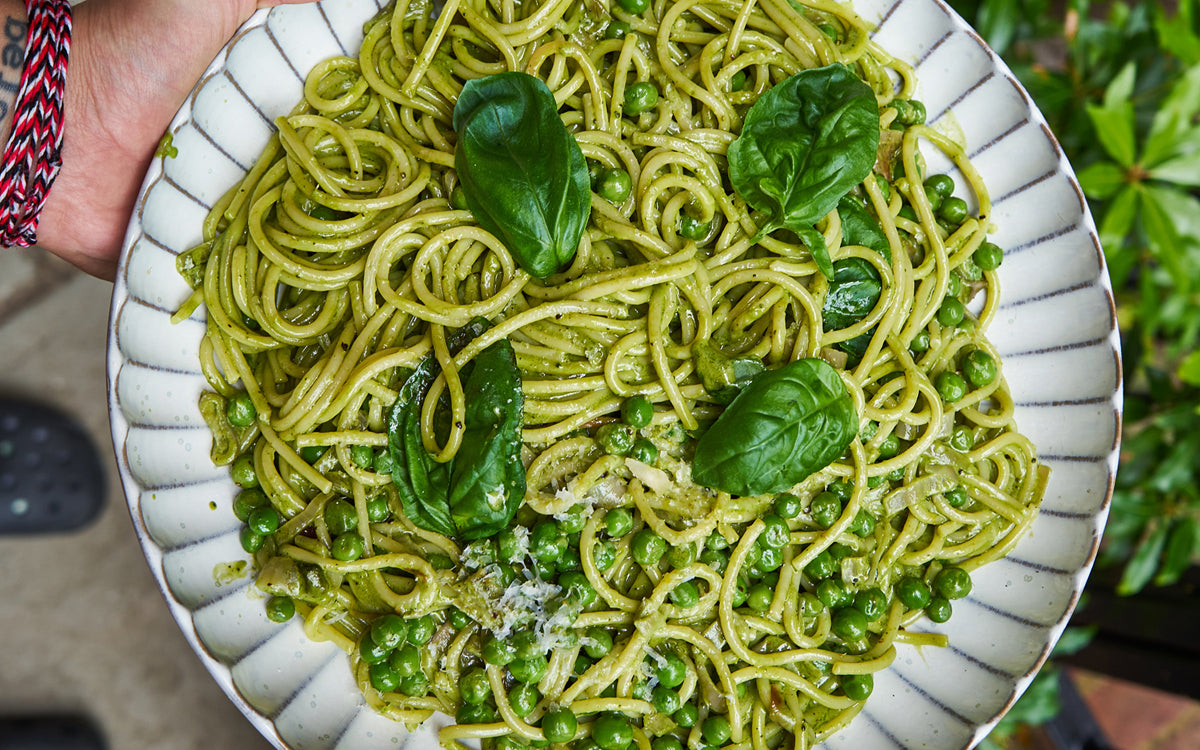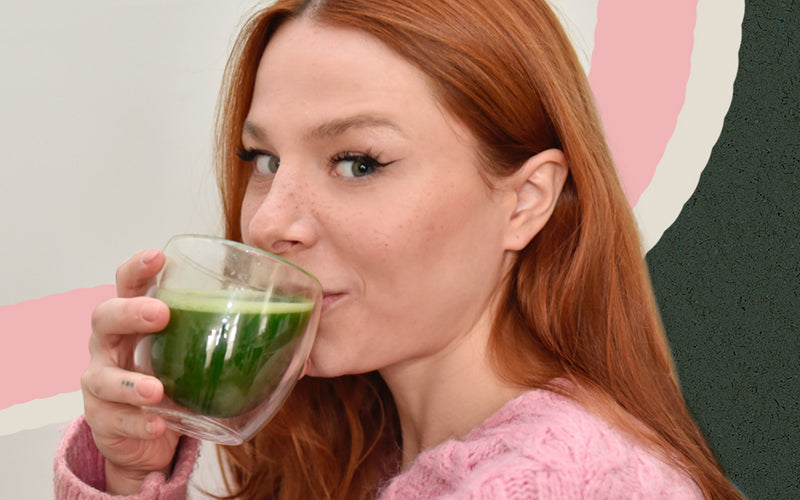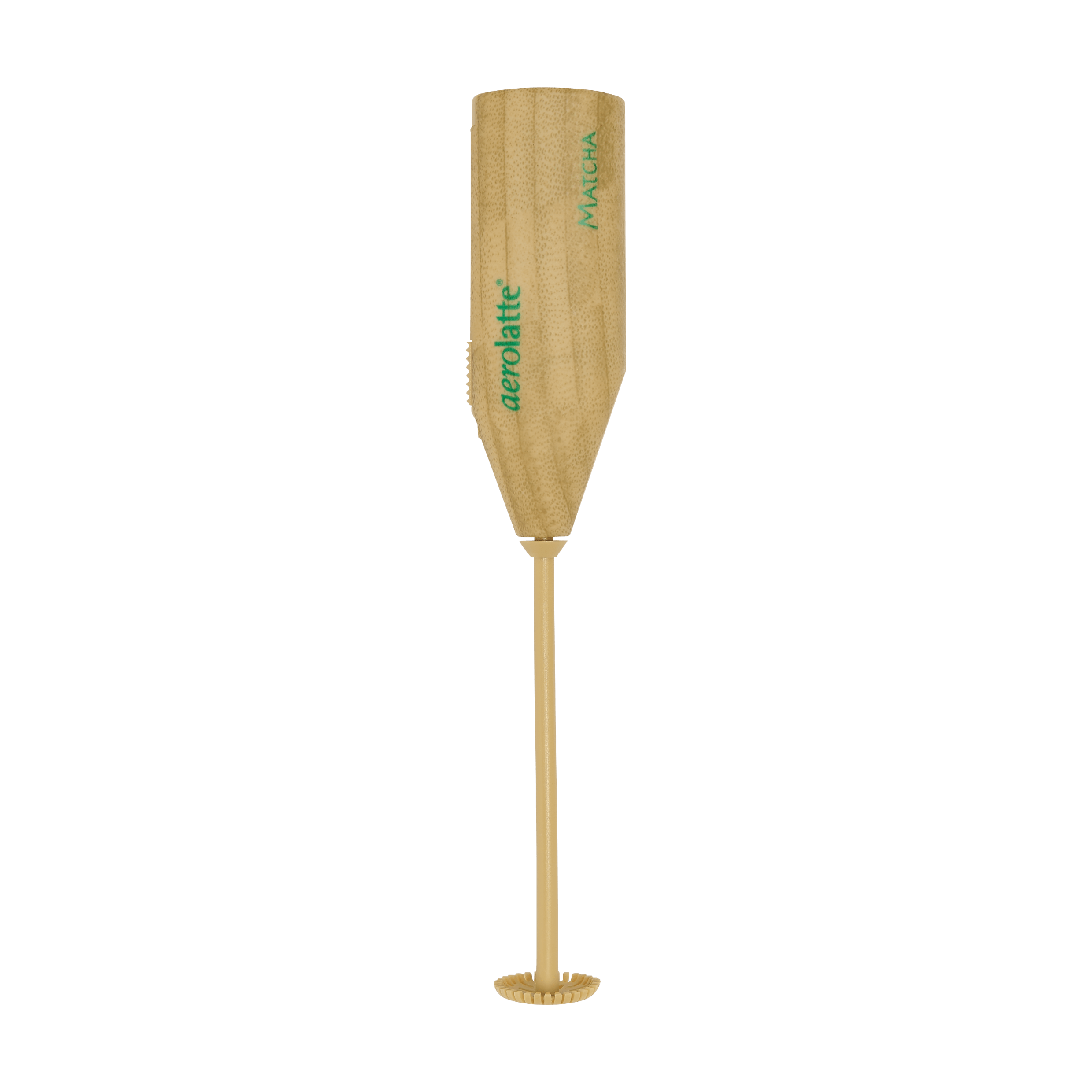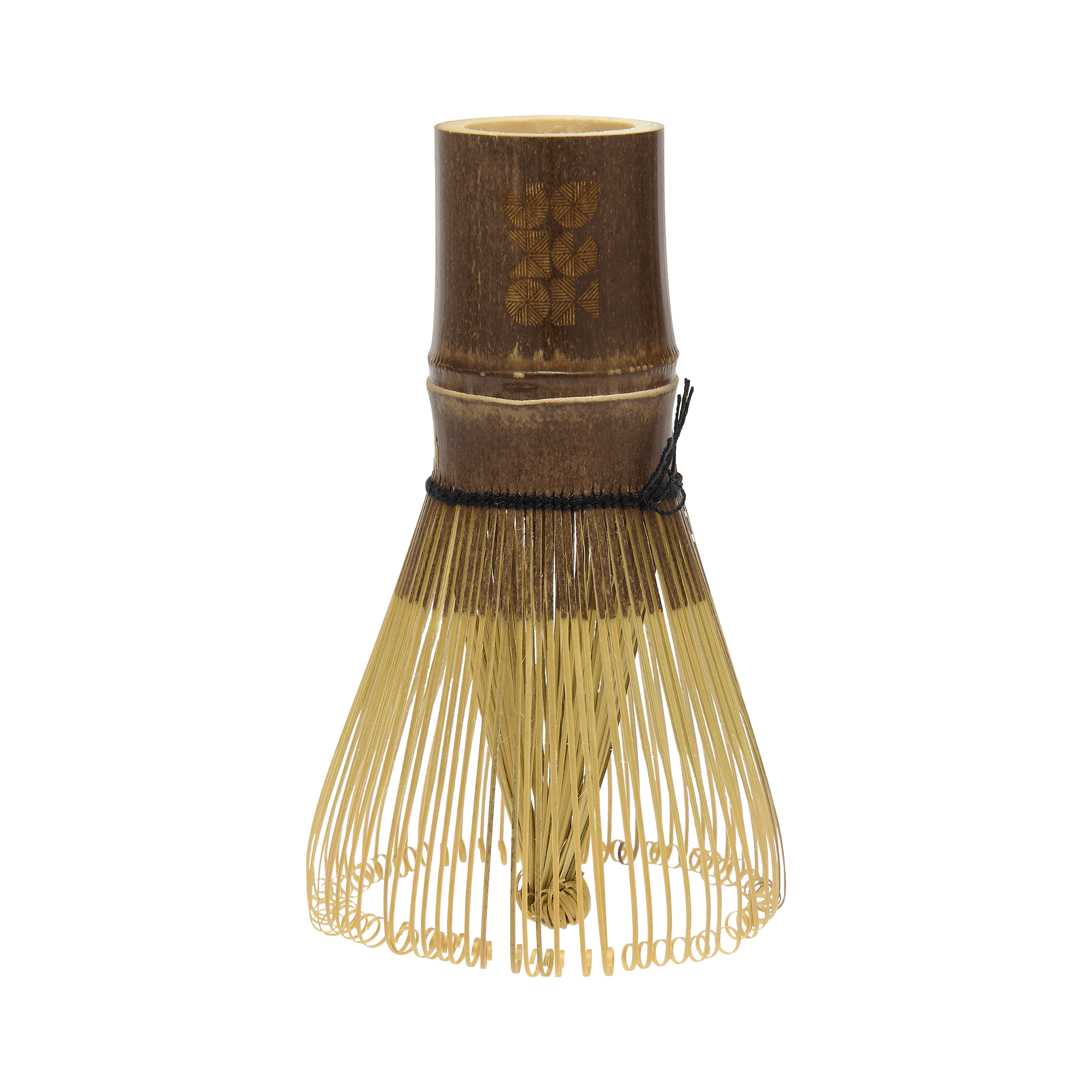 It’s time to spill the tea – literally. Matcha has become a green icon of wellness and modern rituals, but with popularity comes plenty of misinformation.
It’s time to spill the tea – literally. Matcha has become a green icon of wellness and modern rituals, but with popularity comes plenty of misinformation. National Matcha Day is May 2nd and what better time to set the record straight on some of the most common myths about this extraordinary tea.
Myth #1: Matcha is just powdered green tea.
Fact: Not quite! While matcha and green tea come from the same plant (Camellia sinensis), the way the plants are grown and processed is very different. Matcha is made from tea leaves that are shaded 3 to 4 weeks before the harvest. Shading boosts the nutrient, chlorophyll, and amino acid content in the leaves. Chlorophyll is what gives matcha its vibrant colour and the amino acid L-theanine is what gives matcha an umami and creamy taste as well as giving you that Zen feeling when you drink quality matcha.
The leaves are then stone-ground into a fine powder so with matcha, you’re drinking the whole leaf — not just an infusion. In fact, translated from Japanese, matcha means “powdered tea”. With regular green tea, which is infused in hot water, 85-90% of the nutrients are discarded with the leaves. However, with matcha tea, you’re drinking the entire leaf, so your body benefits from all the soluble and non-soluble elements of the tea first hand.
Myth #2: Matcha doesn’t have caffeine.
Fact: Matcha has caffeine— just not in the jittery, crash-y way you might have experienced with other caffeinated beverages. A serving of OMGTea matcha contains approximately 34mg of caffeine, compared to anywhere from 90-180mg in a cup of coffee, depending on the type. But thanks to the natural presence of L-theanine, an amino acid that promotes calm and focus, matcha provides a smoother, more sustained energy boost. No spikes, no crashes — just zen-like alertness.
Myth #3: Matcha is supposed to taste bitter.
Fact: Not if it’s high-grade. Good matcha isn’t harsh or bitter — it should be smooth, umami-rich, and even slightly sweet. Overt bitterness usually means something went wrong in the process, such as:
Poor shading - Shading the tea plants before the harvest boosts chlorophyll and amino acids (especially L-theanine), which mellow out bitterness. If the shading was rushed or skipped, the leaves will be more bitter and astringent.
Wrong grinding method - Traditional matcha, like OMGTea, is slowly stone-ground using granite mills, which keeps the leaf cool during grinding. Industrial matcha is often pulverised using steel blades, which create heat and can scorch the leaves — literally “cooking in” bitterness.
Low-grade leaves - High-quality matcha uses only the youngest, most tender tea leaves (usually from the first harvest or a mix of first and second). Lower grades use older, more fibrous leaves or even stems, which have a harsher flavour.
Made using boiling water - How you prepare your matcha can also have an impact on the taste. Water should be 80 °C or less, anything hotter can burn the tea making it taste bitter. If you don't have a temperature control kettle, leave it off the boil before making.
Myth #4: Matcha is just a trendy fad.
Fact: At OMGTea, we like to call matcha an 800-year trend. Its popularity in the west may be more recent but matcha has a long history and has been part of Japanese culture for well over 800 years. Buddhist monks drank it to support their meditation practice, and the Samurai drank it before going into battle to provide energy and focus. Matcha is far from a passing wellness trend — it’s a deeply rooted tradition.
National Matcha Day is the perfect time to clear up the confusion and celebrate this vibrant green tea for what it truly is — rich in tradition, full of benefits, and best enjoyed when you know what to look for. By busting these common myths, we hope to help more people experience matcha the way it is meant to be - thoughtfully made, properly prepared, and deeply appreciated.
